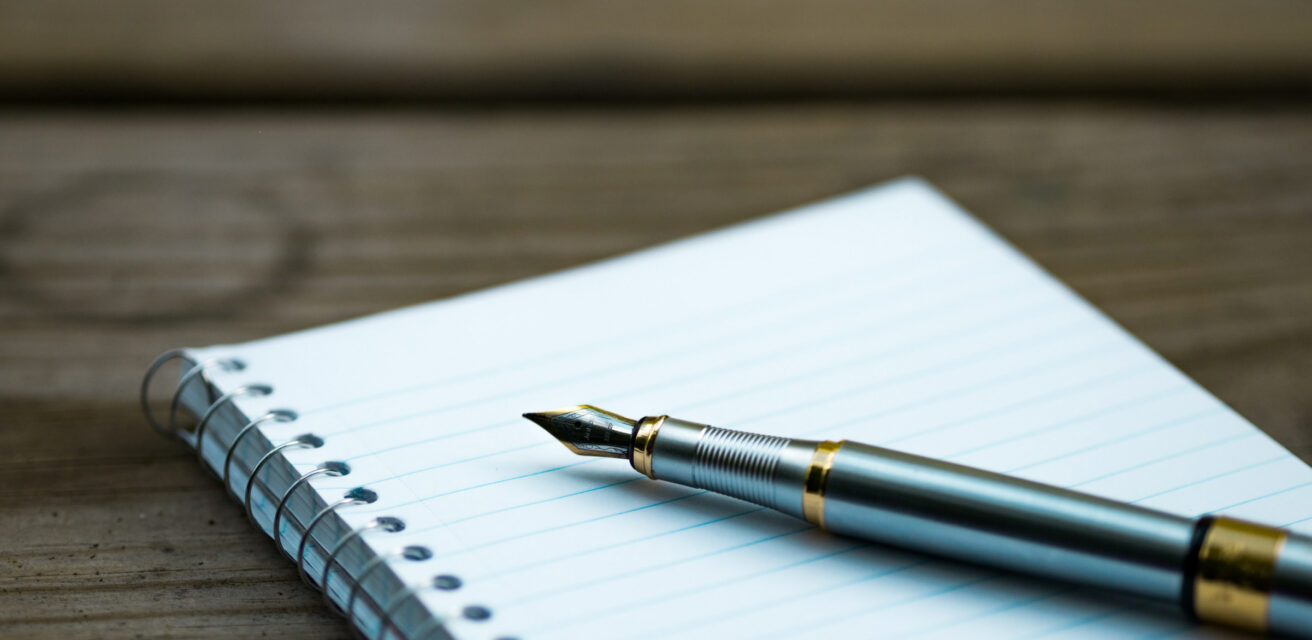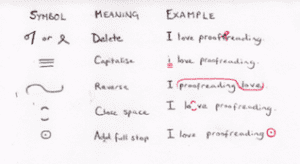
Proofreading Before Computers
Proofreading dates back to the early days of printing: a contract from 1499 even mentions it, saying that the responsibility for proofreading lies with the author. But it may interest technology fans to know that Microsoft Word was not around in the fifteenth century. And proofreading before computers was, necessarily, very different. As such, to see how far we’ve come in the editing business, let’s look at the history of proofreading.
Using Galley Proofs
Traditional proofreading involved reading ‘galley proofs’, which were test copies of documents created solely for this purpose. The ‘galleys’ were the long metal trays into which columns of type were placed to create proofs. These documents usually had extra-wide margins to allow space for edits. And after someone had edited the proofs, the printer would rearrange the type in the galleys before the final printing to remove any errors.
Using Proofreaders’ Marks
In the old days, there was no option of offering two copies of a proofread document, one clean and one with tracked changes. The changes were always ‘tracked’, manually, using proofreaders’ (or editors’) marks. These are the esoteric marks in the margins and between lines, typically drawn in red, which many people still think of today when they think about proofreading. These marks have changed over time, and also differ from place to place, but here is an example of how some are written.

Knowadays does not teach proofreaders’ marks because they represent a largely outdated method of editing. Most proofreading today is done via computer instead.
However, it is not a bad idea for modern proofreaders to learn the manual editing process. While you are unlikely to be asked to correct ‘galley proofs’, you may find some clients prefer their work to be proofread on hard copy. These include people who are used to doing things the old-fashioned way and people who are not well versed in computer technology.
Traditional proofreading may be a dying art. But, if nothing else, it’s fun to have a go at using proofreaders’ marks. At least, we think it is. And we’re really cool.




